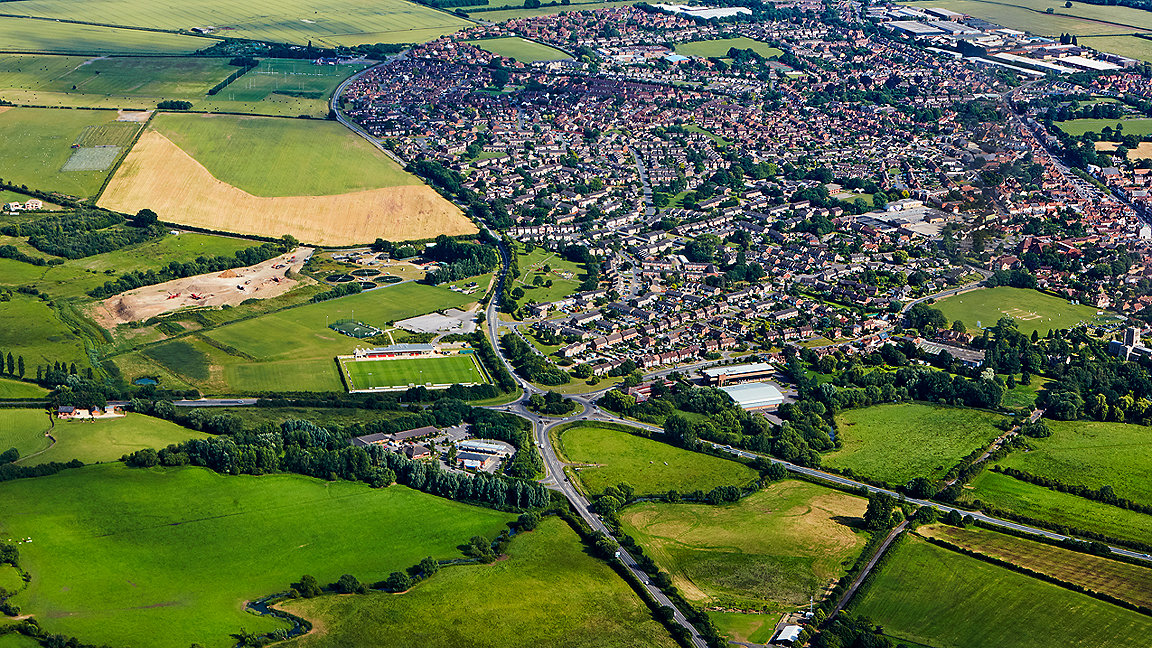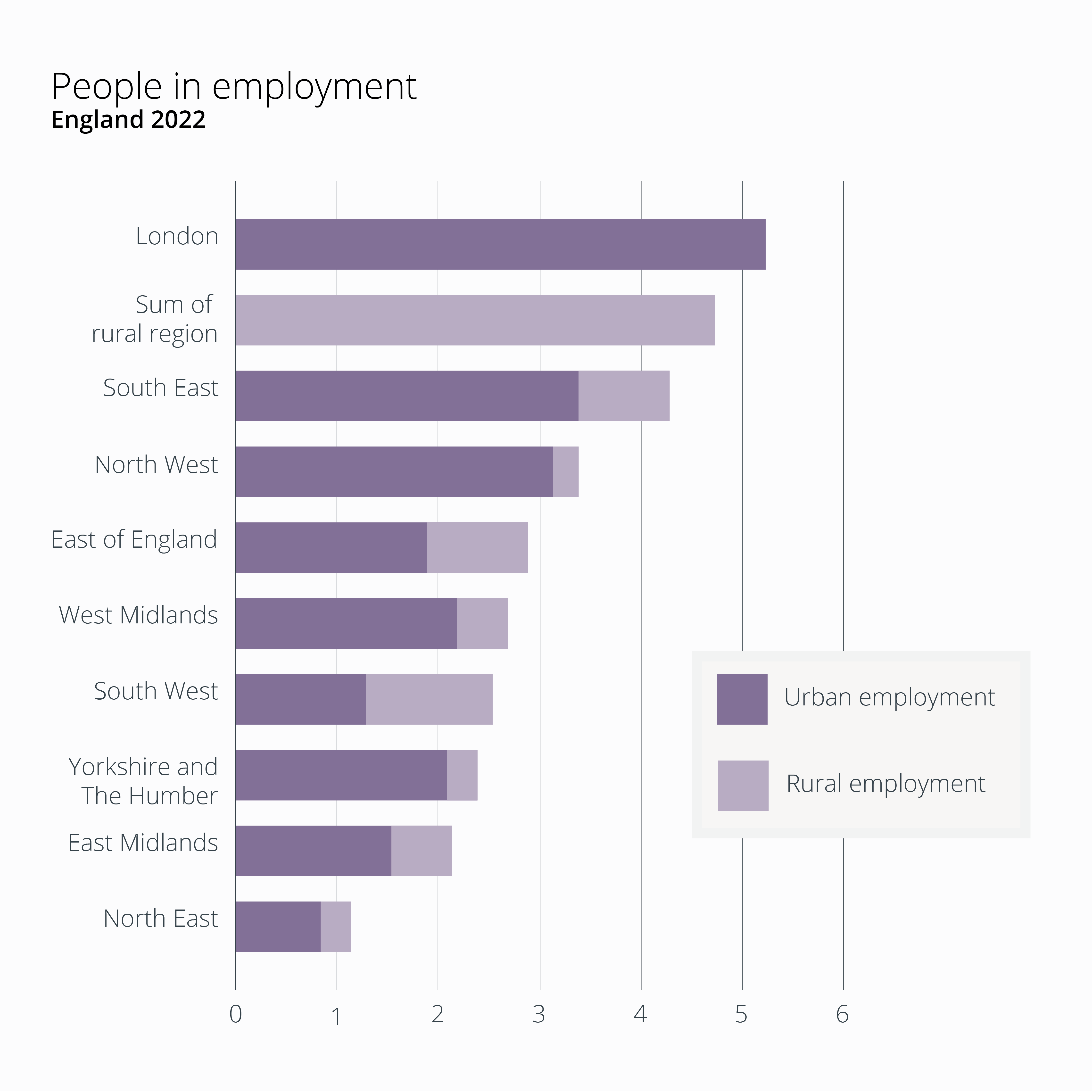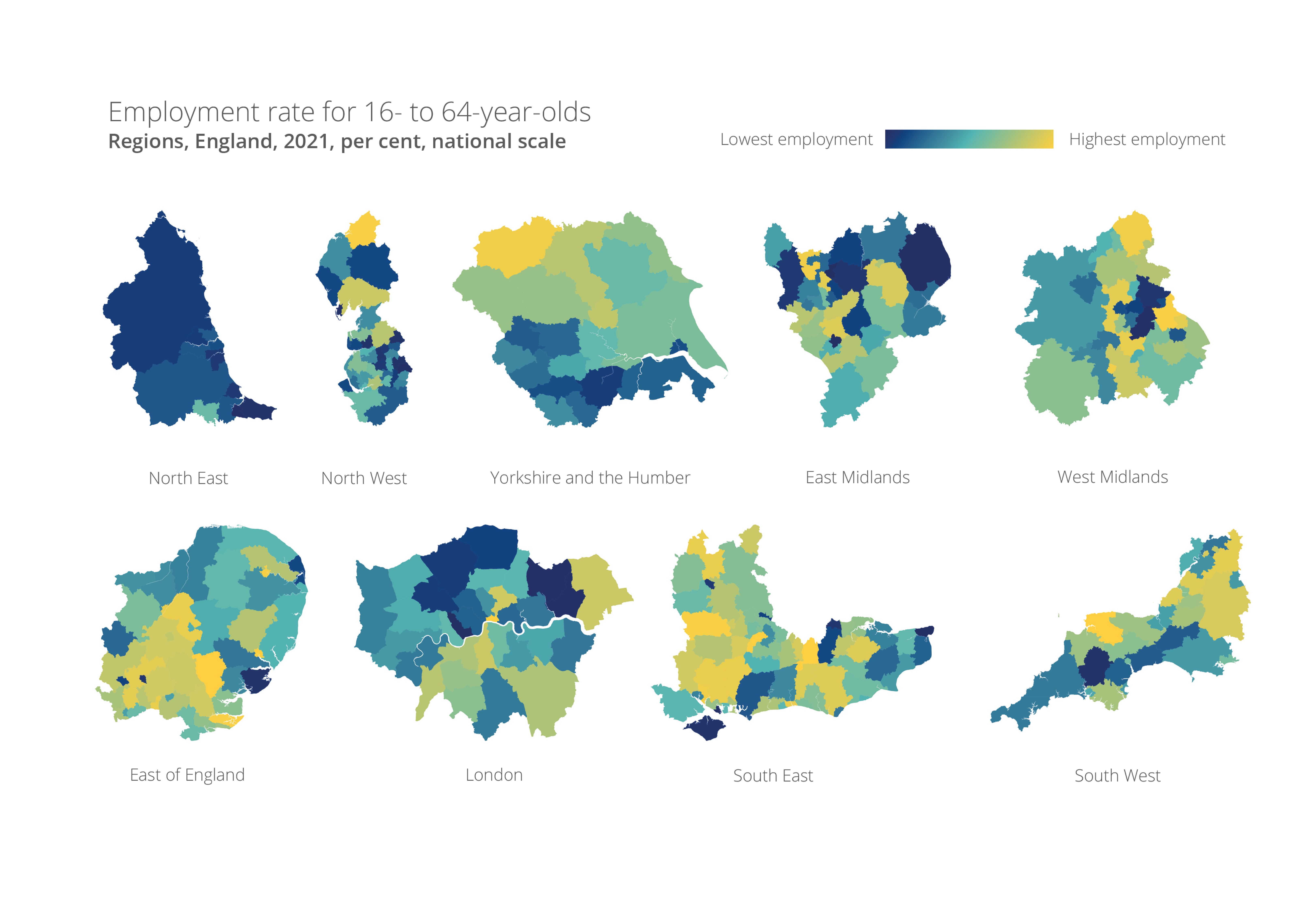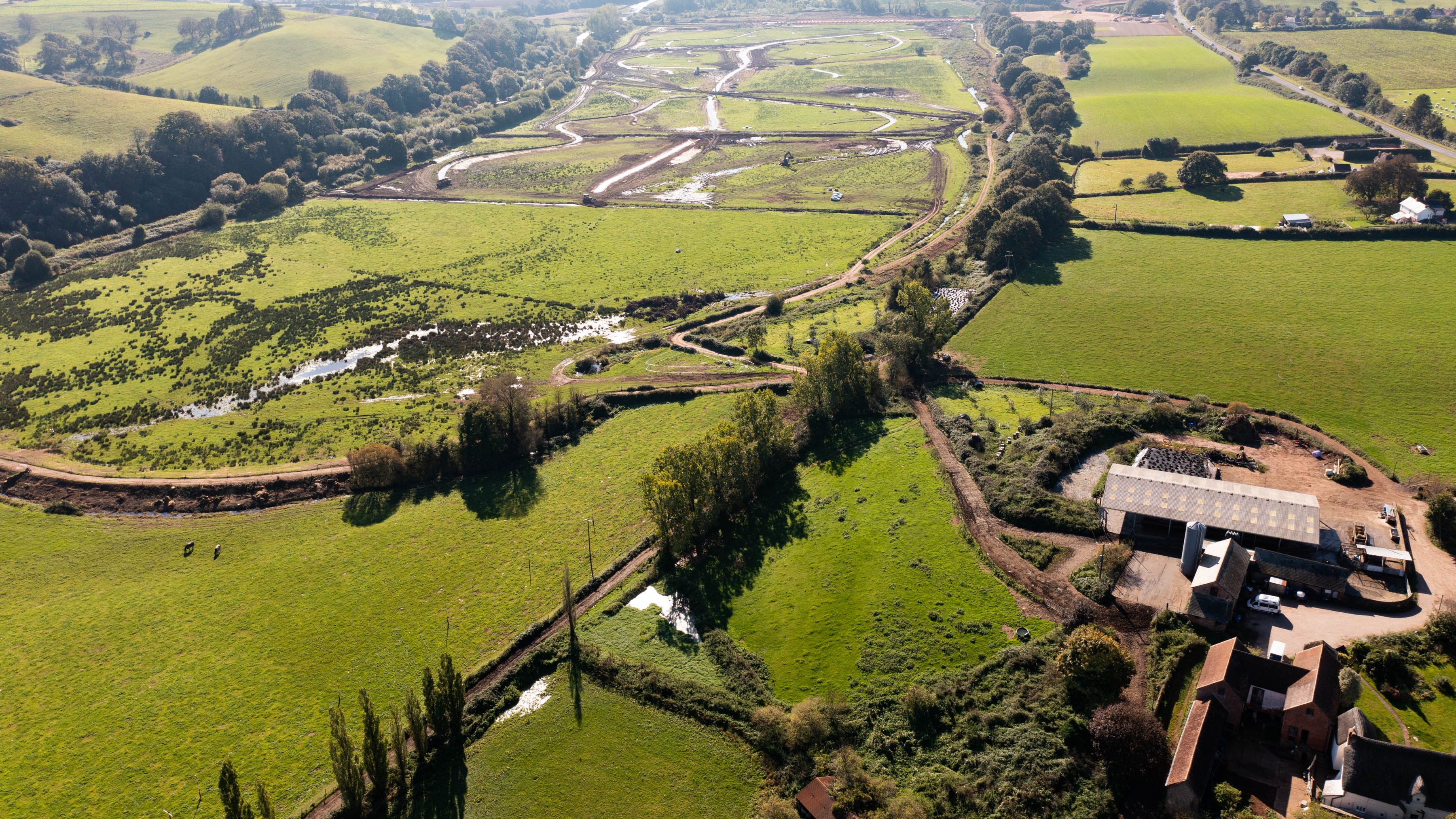
Research for the Local Government Association from 2021 suggests that three trends could contribute £51bn a year to the rural economy by 2030. That figure represents growth of more than 10% on the gross value of the rural economy today.
Rural recognition, recovery, resilience and revitalisation, researched by consultancy Pragmatix Advisory, identified the following three trends:
-
impacts of a post-pandemic working environment
-
rise in holidaymakers staying in the UK
-
net-zero agenda.
However, these trends will also exacerbate the already chronic pressures on rural housing supply. Resolving these issues by sustainably and sympathetically increasing provision of housing, in particular affordable housing, is essential.
More market towns and villages are now attractive locations for those who can work remotely, or commute less frequently than they used to. While this could put higher-paying jobs and higher spend within the reach of the local economy, it depends on reliable and superfast digital connectivity. And the appeal of rural locations for relocation and second homes for some will continue to drive up house prices and reduce affordability for local people.
Rural and coastal areas also have the potential to be major suppliers of energy. Solar farms, on- and offshore wind farms, and hydroelectric schemes for example can all help to meet the growing demand for green energy. But this will require a pool of skilled workers, as well as targeted research and development funding.
These opportunities and their associated challenges coincide with the government's aims of levelling-up areas outside London and the South East of England. While some cynics might see it as a way to direct money to areas in the former so-called red wall, the programme still offers an opportunity to help struggling communities. If the government is serious about levelling-up, however, it is essential that rural communities are part of the plan.
Rural region presents valuable thought experiment
If all England's rural authorities were considered together as a single region, their economic significance would easily compare to other regions. This rural region would be home to almost 12m people and 500,000 businesses. Excluding London, more people would be employed in the rural region than any of the other eight.
Some of the communities facing the biggest socio-economic challenges are in rural England but, despite this, the levelling-up white paper is largely silent on how it will support them. Instead, the document outlines four levelling-up objectives:
-
boosting productivity, pay, jobs and living standards by growing the private sector
-
spreading opportunity and improving public services
-
restoring a sense of community, local pride and belonging
-
empowering local communities and their leaders.
To meet these aims, the government has enumerated 12 missions, which in turn have multiple metrics on which the regions will be assessed and monitored. In a report for the Rural Services Network, Rural as a region the hidden challenge for levelling up, Pragmatix Advisory evaluated the rural region against all the mission metrics for which data are available. Unsurprisingly, the rural region has a connectivity deficit.

Rural areas need better infrastructure
One of the government's missions is for local public transport connectivity to be significantly closer to the standards of London's network by 2030. But in many rural areas getting the bus to work is nothing more than a pipe dream.
Where residents lack access to a regular public transport service – if there is one at all – a car is essential. The associated costs of owning and maintaining this put additional pressure on rural households whose budgets are usually already squeezed by higher fuel costs and lower-than-average incomes.
Digital connectivity can now also be considered just as essential as power or water for businesses and households. Another levelling-up mission in the white paper therefore is to have nationwide gigabit-capable broadband and 5G coverage for the majority of the population.
However, rural communities have been left behind as telecoms providers upgrade services in more populous areas where economies of scale keep costs lower. Locations already served with superfast fibre have been upgraded to gigabit, while unattractive peripheral or sparsely populated areas, where the costs of upgrade are high, continue with copper wiring and dial-up era download speeds.
With nationwide coverage actually meaning 99% of premises and majority meaning 95% of landmass, it's odds-on that those represented by the final few percentage points who miss out on high-speed digital connectivity will be rural communities.
It's not just digital and physical connectivity where there rural regions are far off the standards of London and the South East. Economic challenges also need to be dealt with.
The first mission for levelling-up aims for pay, employment and productivity to rise in every area of the UK. Using the government's metrics, the rural region would be the third weakest performing, behind the North East and Yorkshire and the Humber. But when considering all the levelling-up headline metrics for which local authority data is available, the rural region lags behind every other in England.
Regional targets fail to reflect local deprivation
For most of the mission-one metrics that the government is considering, which include weekly pay and the proportion of low-paid jobs, performance is assessed at a regional level. More often than not, though, differences within regions are greater than the differences between the regions.
For example, when the average level of labour productivity is compared across regions, rural would be the fourth weakest, with gross value added (GVA) per hour worked of around £30. But when broken down by local authority, the statistics for the hypothetical rural region show even lower productivity, ranging from £45 down to £21 an hour – the lowest level in England.
If the government is serious about tackling inequalities, it should use metrics at as granular a level as possible – district at most, but at local level where possible so that pockets of need and deprivation are not missed. This is a particular risk where populations are more dispersed, or in regions where there is a large difference between better- and weaker-performing areas.
'If the government is serious about levelling-up, it is essential that rural communities are part of the plan'

Urban-centric metrics miss rural reality
On levelling-up metrics, rural areas appear to perform well, but that tends to be because those selected fail to reflect the reality of rural living.
Rural areas historically have lower levels of unemployment, which suggest a healthier labour market. But the unemployment rate fails to record the quality of jobs, and whether employment is meeting the wants and needs of workers.
Many rural and coastal economies, which rely on tourism, have a large proportion of seasonal and part-time jobs, and residents need to take on many different roles to earn a liveable wage. Although a higher proportion of the population is employed, therefore, that work isn't necessarily high in quality, full time or secure.
While it is not possible to cover every measure or cause of deprivation, the white paper does miss some rather important ones. There is no attempt to include cost of living or the percentage of households in fuel poverty, for example, which are of particular concern for rural communities.
Encouraging the government to expand the scope of metrics will lead to a more accurate evaluation of local areas and help to better identify those requiring support. Relying on partial metrics without understanding additional factors restricts the opportunities for rural communities and businesses to benefit from post-pandemic trends.
The rise in domestic holidays, greater remote and hybrid working, and growth in green values could see the rural region significantly increasing its contribution to the UK economy. But to achieve their full potential, rural areas must be fully included in the levelling-up agenda.
Related competencies include: Economic development
RICS and Rural Coalition
RICS along with 12 other bodies is a member of the Rural Coalition who believe that the UK government's ambitions for levelling-up present an opportunity to redress historic and current challenges for underperforming rural areas of the country. To do so fairly and equitably, the metrics and measures adopted need to be sufficiently sensitive and fine-tuned to recognise the particular circumstances and needs of rural areas.

